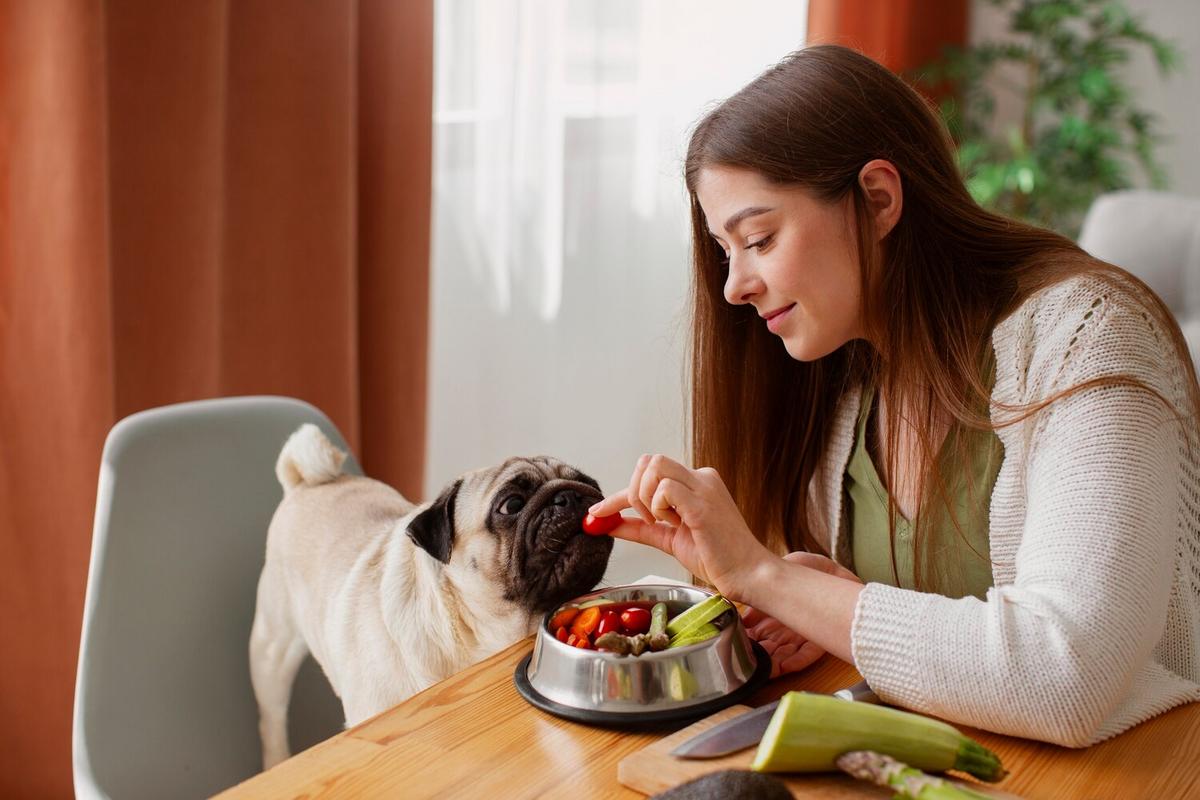
Is Grain-Free Diet the Best Choice for Your Dog?
Choosing the right diet for your furry friend is a topic that many pet owners find themselves pondering. With the growing popularity of grain-free diets for dogs, it’s essential to understand whether this option is truly beneficial for your pet’s health.
As pet owners become increasingly conscious of their dog’s nutrition, grain-free diets have emerged as a popular choice. But what does a grain-free diet entail, and is it truly the right option for your canine companion?
Understanding Grain-Free Diets
A grain-free diet excludes grains such as wheat, corn, rice, and oats, replacing them with alternative sources like sweet potatoes, peas, or lentils. The idea is to cater to dogs that might have grain allergies or sensitivities, providing them with a balanced diet without potential allergens.
Expert Opinions
Dr. Karen Becker, a renowned veterinarian, notes that while some dogs thrive on grain-free diets, it’s crucial to ensure that the nutritional balance is maintained. The American Kennel Club suggests consulting with a vet before making any significant dietary changes.
Research Findings
A study published in the Journal of Animal Science highlights that not all dogs will benefit from a grain-free diet. The research indicates that while some dogs show improvements in coat condition and digestion, others might not experience any noticeable change.
Personal Experience
Take the example of a dog owner, Emily, who switched her Labrador to a grain-free diet. She observed improvements in skin allergies and energy levels. However, such results can vary widely among individual pets.
Actionable Tips
- Consult your veterinarian before switching to a grain-free diet.
- Monitor your dog’s reaction to the new diet closely.
- Ensure that the diet is well-balanced and meets all nutritional requirements.
- Consider the breed, age, and health condition of your dog when choosing a diet.
Comparison: Grain-Free vs. Grain-Inclusive Diets
| Aspect | Grain-Free Diet | Grain-Inclusive Diet |
|---|---|---|
| Common Ingredients | Sweet potatoes, peas, lentils | Wheat, corn, rice |
| Nutritional Consideration | Requires careful balance | Generally balanced |
| Allergy Consideration | May reduce allergies | Potential allergens present |
| Veterinary Recommendation | Consultation advised | Commonly recommended |
| Cost | Generally higher | Moderate |
| Availability | Specialty stores | Widely available |
| Popularity | Increasing | Traditional |
| Energy Levels | Varies by dog | Generally stable |
Frequently Asked Questions
Are grain-free diets suitable for all dogs?
Not necessarily. It’s essential to evaluate the individual needs of your dog, including any allergies or sensitivities.
Do grain-free diets help with allergies?
For some dogs, grain-free diets can reduce allergy symptoms, but this isn’t a universal solution.
Is a grain-free diet more expensive?
Typically, grain-free diets cost more due to the alternative ingredients used.
Can I switch my dog back to a grain-inclusive diet?
Yes, but it should be done gradually and under veterinary guidance to avoid digestive issues.
Conclusion
Ultimately, the decision to adopt a grain-free diet should be based on your dog’s specific needs and circumstances. Always consult with a veterinarian to ensure your furry friend receives the proper nutrition they need. Whether you choose a grain-free or grain-inclusive diet, the key is maintaining a balanced and nutritious approach to your dog’s health.


